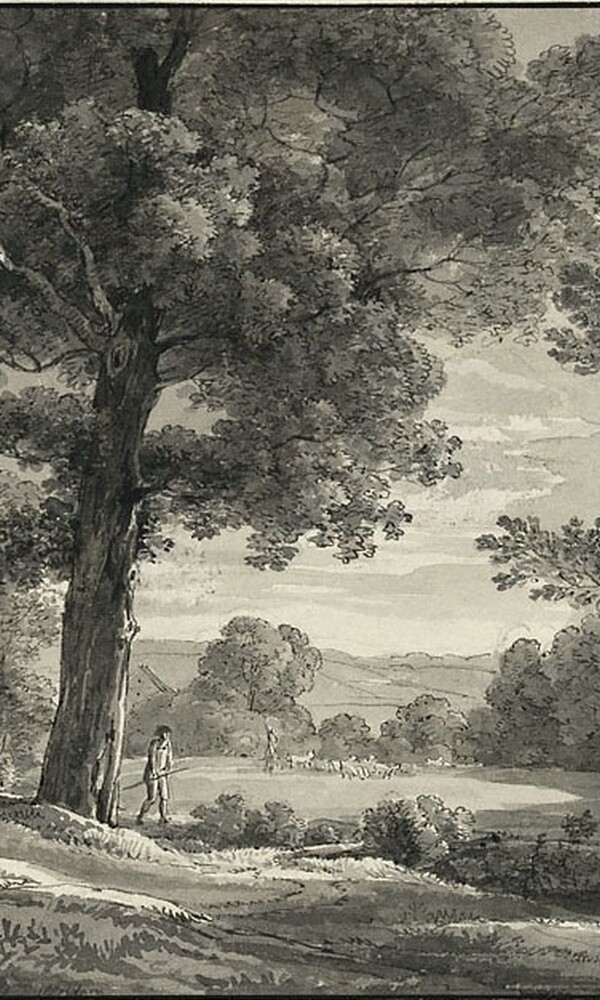Johann Georg von Dillis can be regarded as one of the leading artists in Germany in the late 18th and early 19th century. His work takes up the traditions of classical landscape art and transfers them to a new, ‘realistic’ style of landscape painting which became increasingly dominant in the course of the 19th century. Like his successor Adolph von Menzel, Dillis captured immediate visual impressions on paper.
Dillis occupied an influential and important position in a number of different roles: as a professor of landscape painting at the Art Academy in Munich, as director of a gallery and as advisor to Ludwig I in all artistic matters, including acquisitions. As an artist and organiser he cultivated close contacts with prominent contemporaries in the art centres of Rome, Florence, Milan, Paris, Vienna and Prague. When the obligations of his various official posts meant that he had less time to devote to painting, drawing began to play an increasingly important part in his work.
Of the major artists in Germany around 1800, Dillis is perhaps the only one whose oeuvre is still widely unexplored. Best known are his oil paintings and oil sketches, as well as a number of drawings and watercolours in public and private collections. Virtually unknown, on the other hand, is the huge store of drawings from the artist’s private estate in the Historischer Verein von Oberbayern which has been held in the Städtische Galerie im Lenbachhaus München since 1996.
Following comprehensive academic analysis of these extensive holdings over a number of years, the exhibition now presents a selection of the best and most interesting pieces from the collection of around 8,500 drawings and 40 sketchbooks. Around 80 works will be shown which document the artist’s European standing. The full range of drawing techniques will be represented: pen, sanguine, watercolour, gouache combined with watercolour, and brush drawings done in various inks. The works are executed on both white and coloured paper, including some done on paper dyed by the artist himself. In terms of subject matter, the emphasis in the works selected is on landscapes, the exceptional cloud studies, portraits and genre scenes.
An illustrated catalogue to accompany the exhibition was being published by Wienand Verlag, including essays by Barbara Hardtwig and Brigitte Huber, priced EUR 30.
